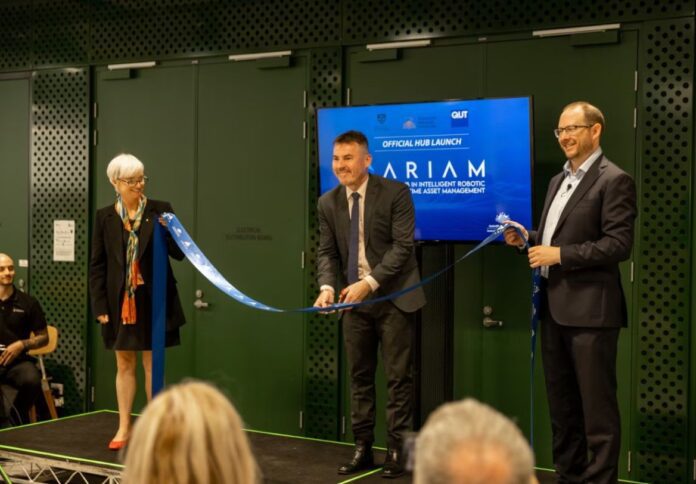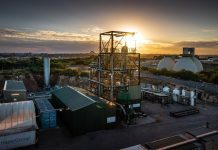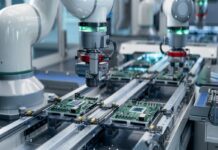
The University of Sydney has officially launched the Australian Robotic Inspection and Asset Management Hub (ARIAM), a facility that researchers claim would help transform the way important assets are handled.
In a media release, the university said ARIAM’s work will reduce the need for people to enter hazardous locations to maintain assets, such as tunnels and underwater infrastructure.
Led by Professor Ian Manchester from the School of Aerospace, Mechanical and Mechatronic Engineering, ARIAM’s research team plans to develop semi-autonomous and autonomous machines capable of inspecting and maintaining complex structures in challenging environments.
“With new designs, we can eliminate the risk of injury associated with manned operations to inspect remote or dangerous areas, such as tunnels or underwater infrastructure, and enter previously inaccessible areas,” Professor Manchester said.
Among ARIAM’s target initiatives is addressing the looming “infrastructure cliff,” which will see many post-World War II infrastructure assets approach their end of life.
Professor Stefan Williams from the Australian Centre for Robotics and School Aerospace, Mechanical, and Mechatronic Engineering, highlighted that Australia faces a critical situation, as many post-World War II infrastructure assets rapidly approach the end of their 50 to 80-year lifespan.
“This ‘infrastructure cliff’ presents a mounting maintenance backlog and the nation’s productivity and global competitiveness depend on efficient infrastructure networks,” Williams said.
“Our work has applications in public sector infrastructure, including roads and utility networks, but also in renewable energy, space, mining, and land care.”
ARIAM will collaborate with industry partners to develop robotic systems with unprecedented capabilities, such as aerial, marine, and legged robots.
“We will collaborate with Australian industry to tackle critical challenges within the robotics sector, ultimately paving the way for the development, manufacturing, and successful exportation of Australian robotics and autonomous technology to a growing global market,” Williams said.
ARIAM aims to enable robots to autonomously collect data and create a real-time representation of physical assets through “digital twins,” or virtual models created with data collected by the robots.
Fifteen major industry players have already expressed interest in ARIAM projects, including Thales, Reach Robotics, Abyss Solutions, and Nearmap.
“This partnership enables the next evolution of naval sustainment. With ARIAM Hub we will be able to capture decades of knowledge and create an efficient and agile environment through automation and modelling,” said Andrew Seale, sales director at Thales Above Water Systems.
ARIAM is an Australian Research Council Hub hosted by the University of Sydney in partnership with the Queensland University of Technology and The Australian National University.



















